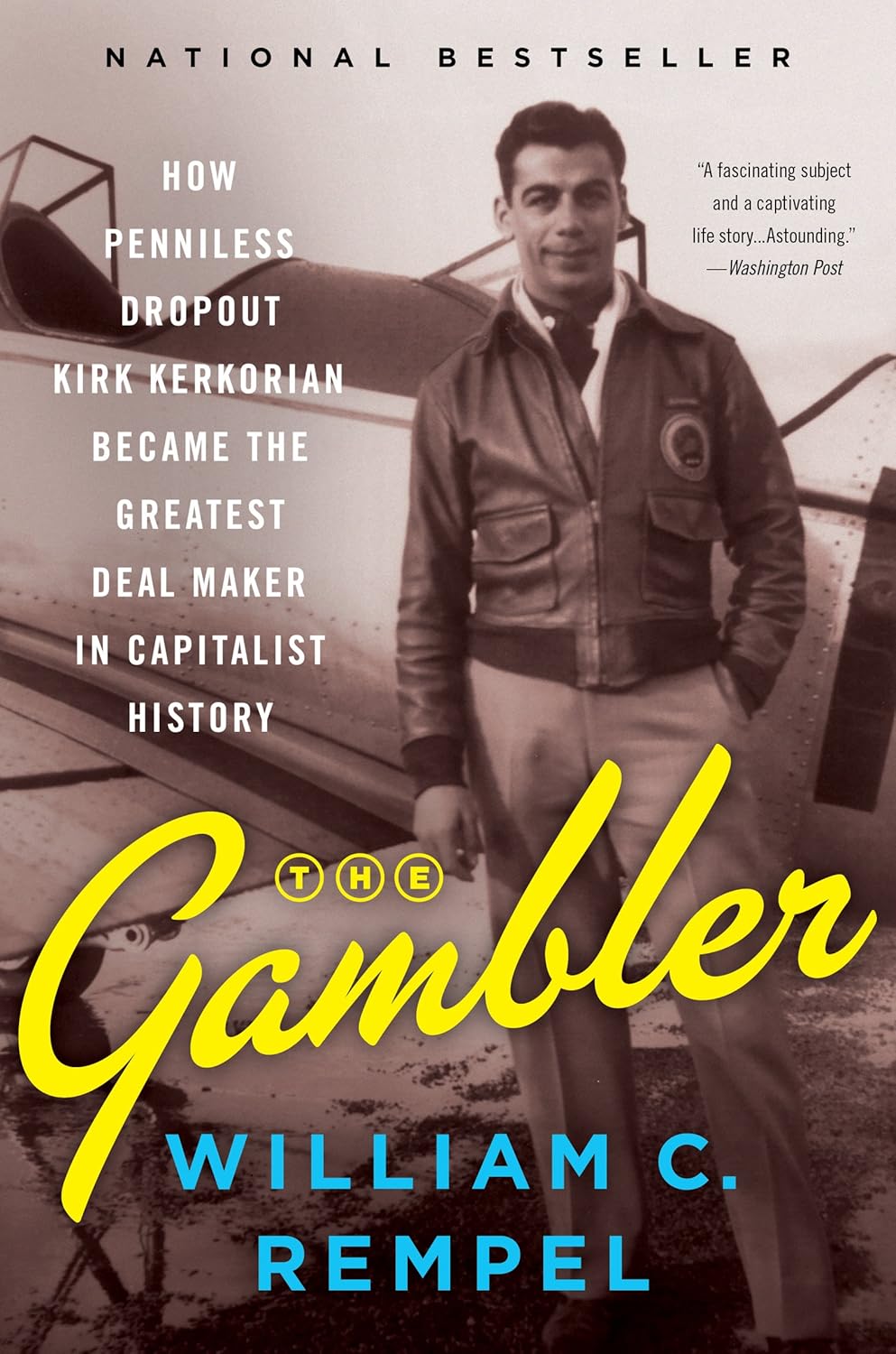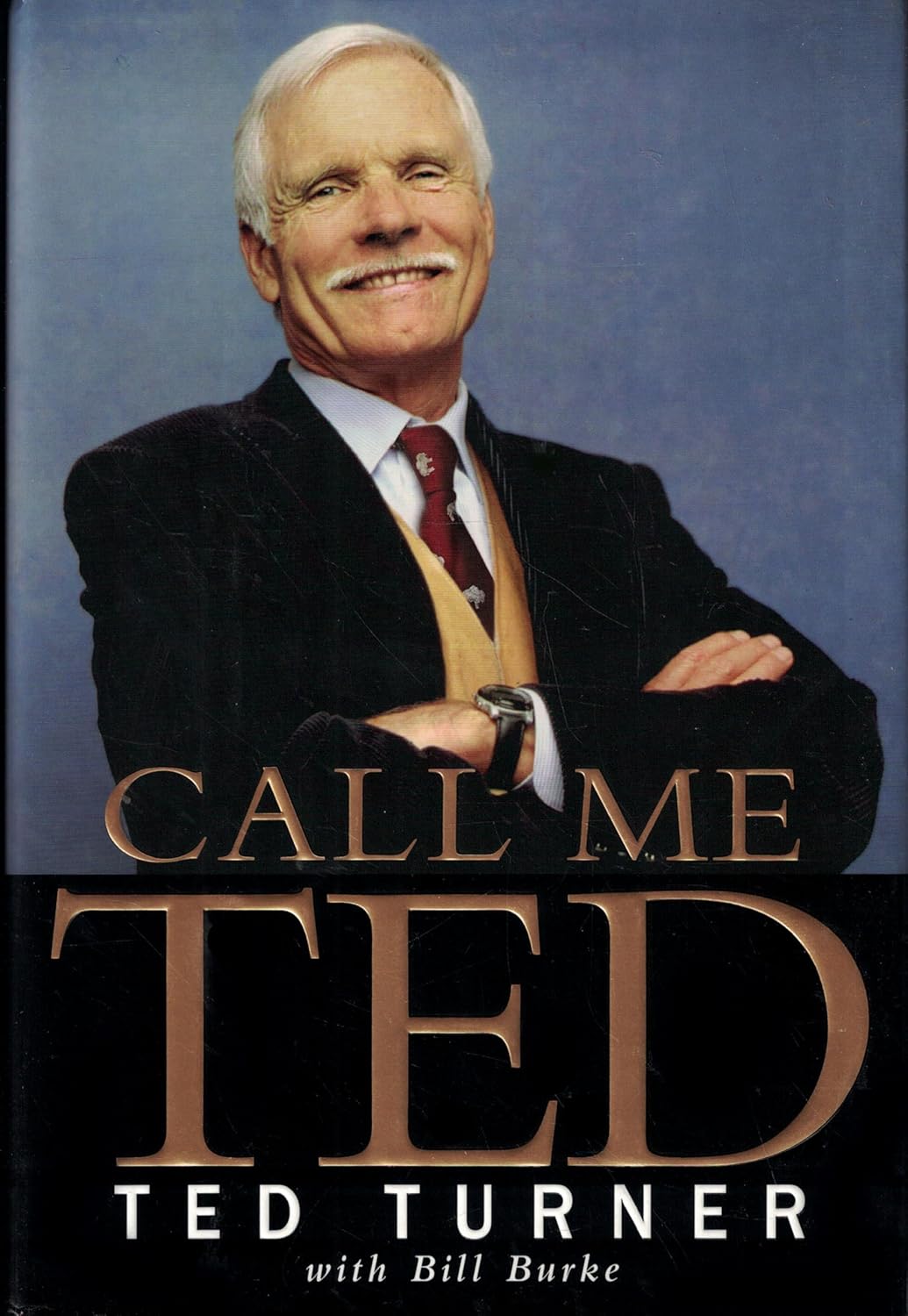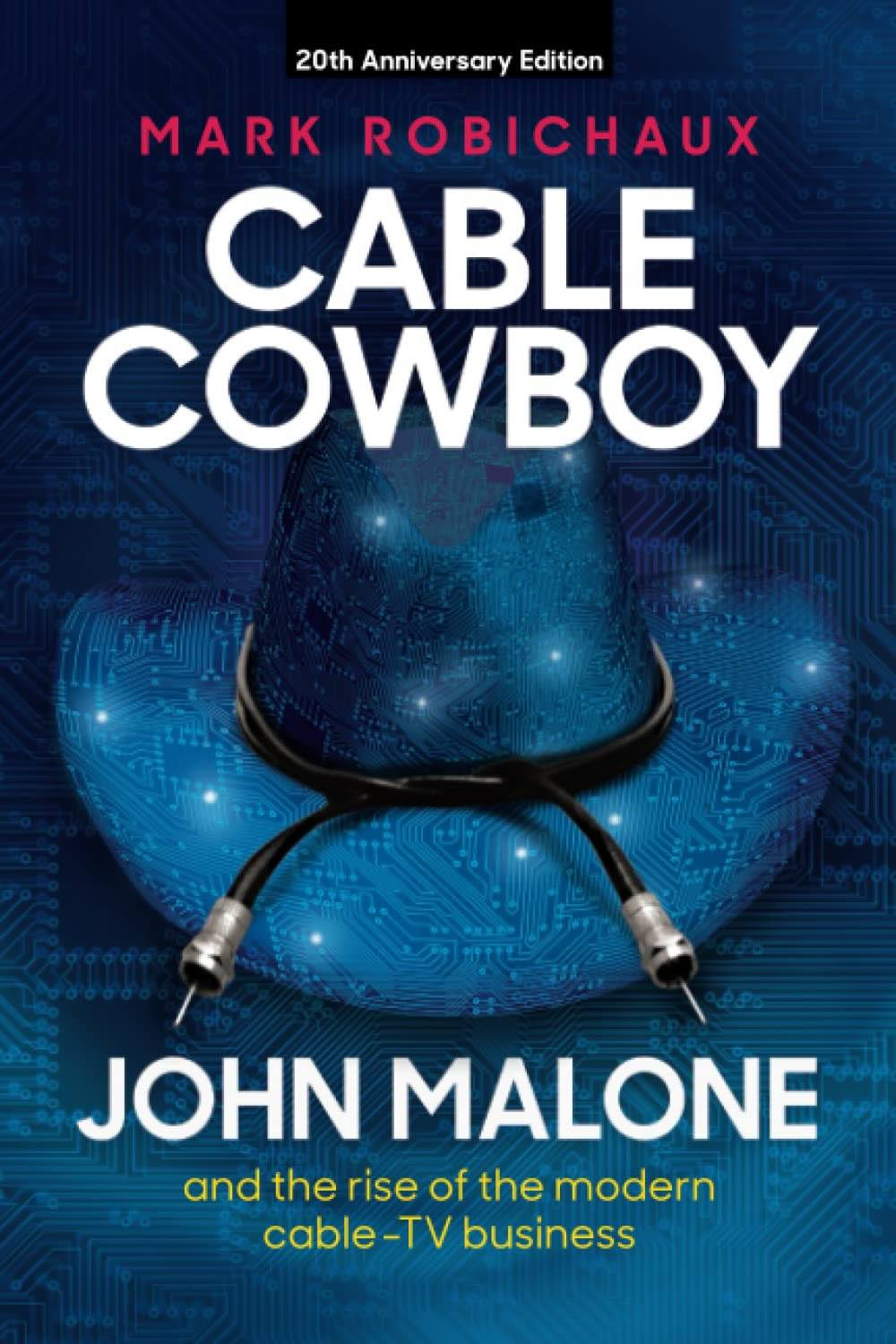Kirk Kerkorian Part 4: Movie Studios and Casinos
While Kirk Kerkorian was becoming a public market investor and developing casinos, he got into another industry: movie studios. Per his biography, Kirk launched a tender offer to take control of publicly traded MGM Studios in 1969. Kirk saw hidden value in its library of classic films and its brand. The company also owned real estate, a music publisher, a record label, and overseas studios.
He raised $70 million in two days from a consortium of European banks. His tender was successful. He owned nearly 40% of MGM’s stock. The company was in “financial shambles.” Kirk slashed costs, sold real estate and other assets, and canceled upcoming movies.
By 1971, the company had stabilized, and Kirk began looking for a way to generate reliable and growing revenue. His idea was to diversify. He’d just sold off his remaining stake in International Hotel (by then renamed Hilton Las Vegas). He wanted to combine the entertainment and casino businesses to create the MGM Grand Hotel and Casino. Kirk envisioned twenty-six floors and two thousand rooms. It was the second time Kirk would build the biggest hotel in Vegas. MGM borrowed $75 million, and the project began.
In 1973, MGM Grand opened and exceeded expectations. Its success led to MGM’s highest annual earnings in its fifty-year history. Kirk doubled down, increasing his ownership in MGM to 50.1%.
Kirk took MGM to Reno and spent $115 million building the MGM Reno. He bought a Lake Tahoe casino for $2 million to train workers until the Reno project was completed.
Amid all this, he tried to buy a controlling stake in publicly traded Columbia Pictures in 1978. He failed, but he made a profit of $75 million when Columbia bought back his shares at a significant premium.
In 1980, Kirk split MGM into a film company and a hotel company. He owned roughly half of each publicly traded company. He also bought United Artists for $380 million in 1981 and combined it with the film studio to form MGM/UA.
By 1986, he sold MGM’s film company to Ted Turner, although he would repurchase much of it months later when the debt load crushed Turner. That same year he lost interest in the MGM Grand hotels in Vegas and Reno and sold them to Bally’s Corporation for $550 million.
Kirk didn’t stop there.
He sold MGM/UA for $1.3 billion in 1990, bought it back for $870 million in 1996, and sold it again to Sony for $3.5 billion in 2004.
He built a bigger MGM Grand for $1 billion, which opened in 1993 and became known for hosting famous boxing matches. He bought Mirage Resorts from Steve Wynn in 2000 for $4.4 billion. And in his nineties, just before the Great Financial Crisis, he embarked on his biggest Las Vegas project, CityCenter.
Sometime in the 1960s, Kirk evolved from a small-thinking, mercenary entrepreneur to a big-picture, visionary entrepreneur. He saw Las Vegas as his blank canvas and the ultimate place for entertainment and leisure travel—an adult Disneyland. He spent the next forty-plus years turning that vision into reality and making Las Vegas the city we know today. That he turned a movie studio brand into a hotel brand that’s still thriving today is a testament to his vision and abilities as an entrepreneur.
Prefer listening? Catch audio versions of these blog posts, with more context added, on Apple Podcasts here or Spotify here!






